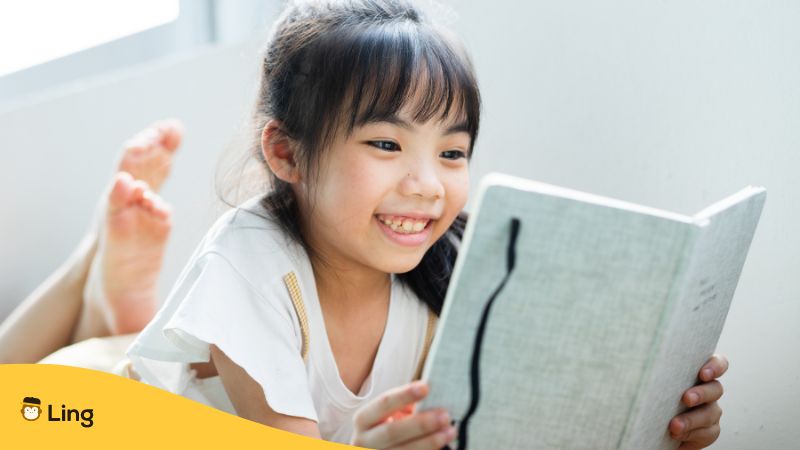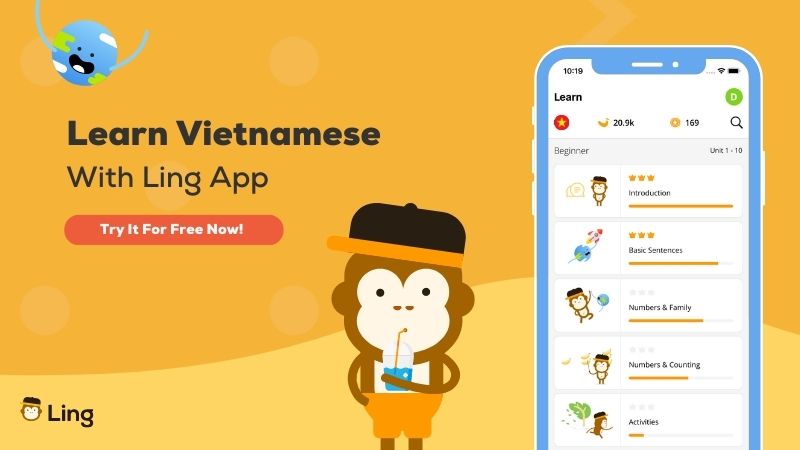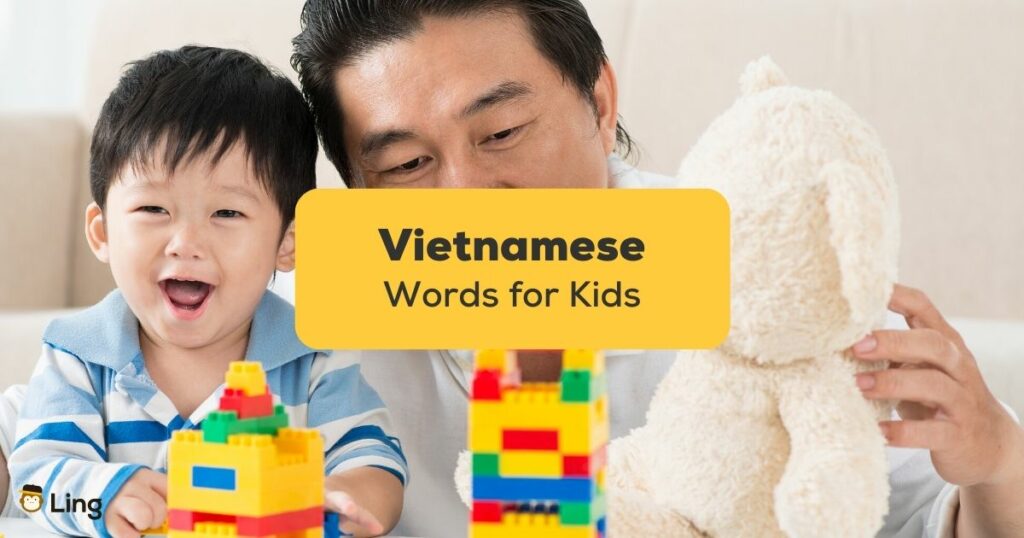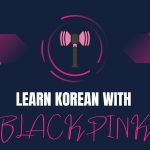When’s the best time to introduce Vietnamese words to children? While they’re young, of course! Children learn languages faster than adults because of their brain’s elasticity and rapid neural formation. That’s why kids pick up on new languages pretty quickly!
That said, we’ve gathered a few of the most essential Vietnamese words anyone learning the language should know. These words are simple and commonly used, and parents can use this list to help their children learn Vietnamese words and phrases for the first time. In addition, you may put some of these words in flashcards and help your child understand this wonderful language better!
Without further ado, here are some Vietnamese words for children you should teach your kids today!
Help Your Children Speak Vietnamese – Essential First Words
Xin Chào

This phrase is the most basic Vietnamese phrase your children will learn, and educators use this to explain the many use cases of a simple “hello.”
Xin chào translates to “hello” in English. In Vietnamese, this is a formal and polite way of greeting someone, especially if you meet them for the first time. Most locals would add another word after xin chào to address the person, depending on their age, gender, and relationship with the speaker.
In modern Vietnam, using xin chào as a greeting is not very common among locals. Most Vietnamese people teach their children to say chào, a more informal way to say “hello.” But of course, we always have to start with the basics!
Cảm Ơn
Next on our list is cảm ơn, which means “thank you” in English. The word cảm by itself means “to feel,” and ơn means “favor.” Children should learn the value of gratitude from an early age, making this one of the best Vietnamese words for new students!
It is the standard way of saying thank you across the country. However, suppose you encounter people from Northern Vietnam. You may hear it pronounced differently in that case, as the two regions use different accents in their writing.
Gratitude plays an integral part in a child’s development. Teaching them the value of saying cảm ơn to people that helped them puts them on the right track in their vocabulary and education!
Chào Nhé

One easy way to introduce your child to Vietnamese is by teaching them simple everyday phrases, like “chào nhé.“
“Chào nhé” is a friendly and informal way of saying “see you later” in Vietnamese, commonly used between friends and acquaintances, and is perfect for children to learn as it’s a phrase they’re likely to use regularly. Introducing them to this phrase can help them build confidence and make new friends.
It’s important to note that “tạm biệt” is the more formal way of saying goodbye in Vietnamese. This phrase is typically used when you’re unsure if you’ll ever see the person again, such as when saying goodbye to someone you’ve met while traveling. It’s a more respectful way of saying goodbye and is not typically used between friends or acquaintances.
By starting with “chào nhé,” you give your child a foundation in the Vietnamese language that they can build on as they grow older.
Vâng / Không
Vâng and không are the Vietnamese words for “yes” and “no,” in English, respectively.No matter which languages they are learning, children should always know the basics of accepting and refusing. These simple words can help them learn how to communicate effectively with others.
One effective way to make the learning process more interactive and memorable for children is using flashcards. Show your child flashcards of things they like and don’t like, and ask them to respond with “vâng” or “không.” This activity not only helps them learn the words but also reinforces their understanding of the concept of acceptance and refusal.
By teaching your child the basics of Vietnamese, such as “vâng” and “không,” you’re giving them the foundation they need to develop their language skills further in ways that won’t be as effective as just reading Vietnamese words from books in a library!
Tôi

The Vietnamese word tôi is a personal pronoun that means “I” or “me” in English. This word is essential in everyday communication, as it helps individuals identify themselves and express their thoughts and feelings.
In Vietnamese, tôi is used in a variety of situations. For example, when introducing oneself or talking about one’s personal experiences and feelings, “tôi” is typically used. One effective way to teach this Vietnamese word to children is by using visual aids, such as flashcards or picture books.
Another interactive way to teach the word tôi is through role-playing. Pretend to be different characters and have your child identify themselves using the phrase tôi. For example, you could pretend to be a teacher and ask your child to introduce themselves using the word tôi. Again, it’s essential to keep the learning process fun and engaging for young children!
Bạn
Bạn is a personal pronoun that means “friend” in English. It’s a versatile word that can refer to friends and acquaintances and is one of the most useful words for your child to learn!
In Vietnamese culture, friendship is highly valued, and the word “bạn” is often used as a term of endearment. It’s used to address someone of the same age or with whom the speaker has a close relationship.
To make learning more fun for your child, you could use a stuffed animal or doll and ask your child to introduce the toy as their friend using the word bạn. You can also choose a book or song that features the word bạn and read or sing it with your child. Then, encourage your child to repeat the word and identify the characters in the book or song as their bạn.
Learn More Vietnamese Words With Ling App

Now that you’ve taught your young students some essential Vietnamese words and phrases, it’s time for you to review your own Vietnamese proficiency with some new resources – such as the Ling app!
The Ling app is the place to learn Vietnamese or any of the 60+ other languages on offer! Whether you’re an expert looking to brush up on your skills or a complete beginner, Ling offers you the tools to become proficient with your language of choice.
Get a headstart on your education by downloading the Ling app for Android or iPhone.











